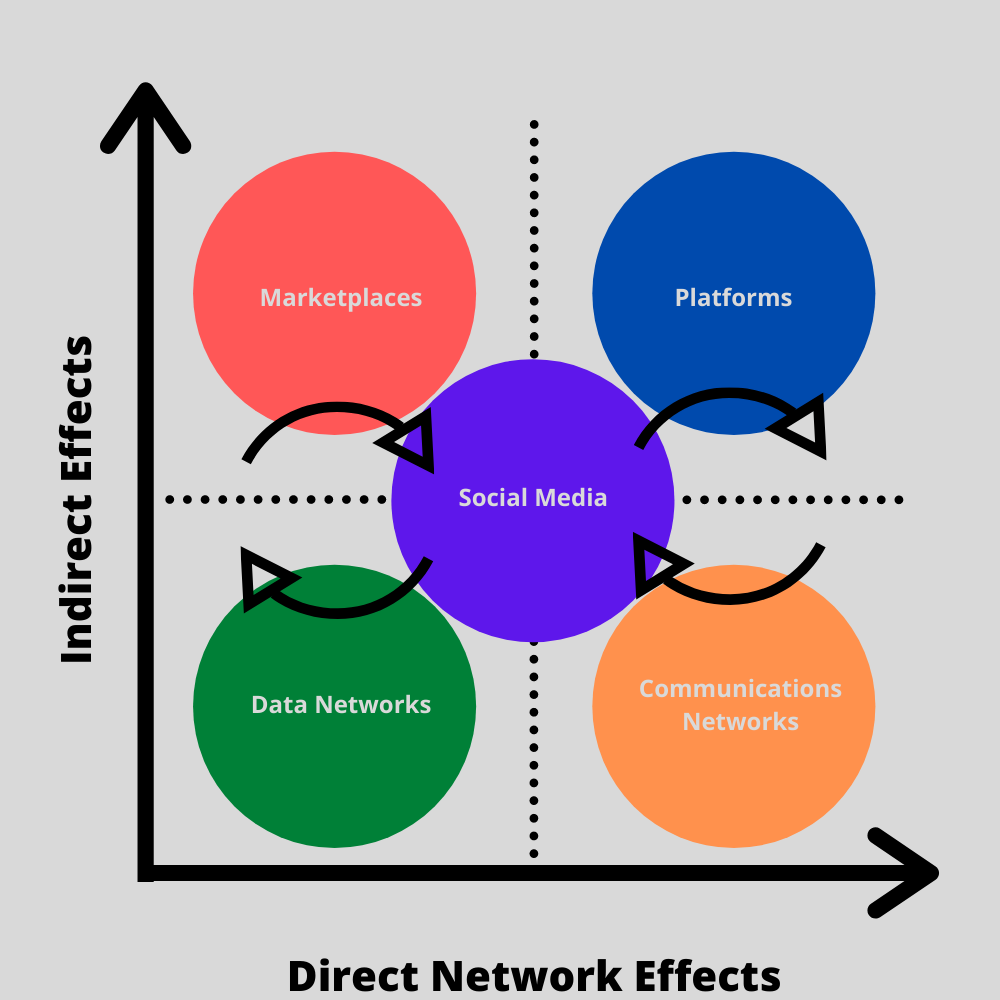The transition from physical to digital content is progressing unevenly in the United States, where those with advanced technology capabilities and capital are capturing a disparate share of the economic gains. Companies that are benefiting from these disparate gains in market share are also shaping the market to benefit their industry. Additionally, the digital movement seems to be maturing from a market that requires a lot of Information Technology (IT) investment to one that requires more complementary products and service integrations. These integrations include: software, apps, and other widgets that are not a stand-alone product but part of a suite of services a company or platform offers. However, despite this maturation of digital content, most sectors of the economy are less than 15% digital, suggesting that there are still gains to be made in infrastructure (IS/IT).
Just Like the Seasons, the Arts Must Change
The transition to digital content is important to understand as it is rapidly changing companies’ business models. This is particularly true for arts institutions in the post-Covid-19 era. New markets are flourishing, value chains and propositions are changing, and cash flows are shifting. The advent of big data analytics, Internet of things, and platforms have created large and untapped markets that can only be accessed by those who have the proper technological tools. Though the average digital penetration rate within an organization is 15% across economic sectors, a survey of nonprofits showed that 35% of nonprofits don’t have a digital strategy planned, while only 9% had completed a digital transformation. Without a strategy for how to deploy and utilize digital tools and content, nonprofits are not positioned to benefit from the acceleration in growth of digital content, technology, and platforms.
While nonprofits may seem to be on pace with for profit companies in organizational digital penetration, understanding the type of marketplace the digital arena is, will demonstrate how far nonprofits have fallen behind. In the next few sections this paper will seek to explain; Network theory and its effect on two sided markets, and how these framework assumptions in a for profit environment apply to those in the nonprofit sector. The paper will also explore the validity of the assumption that platform/two-sided markets are “winner takes all” markets.
The Network Effect
The network effect, at its most basic definition, proposes that for every user added, the value of the product, service, or platform is increased to those who use it or are considering using it. Thinking through this as an arts organization, the idea would be that with each additional community member added to your organization, the value of being a member of that community rises for those within it and those considering it, goes up.
For an arts nonprofit that seeks to teach kids how to play a musical instrument, a network of skilled tutors is needed. Using the definition of network theory, it is understood that with each additional tutor in the network, the value of the service to students will increase. Some of these benefits would include greater flexibility in teaching hours, wider geographic coverage, and greater variety in choice of tutor.
Today’s digital world has marketplaces, platforms, data networks, communications networks, and at the center of it all, social media. In order to understand how these different sectors of the internet affect one another, it is important to understand the difference between a network effect and an externality, as well as the difference between direct and indirect network effects.
Important Definitions before further reading
Direct Network Effects: An increase in usage or users leads to a direct increase of value for other users.
Indirect Network Effects: An increase in the usage of a complementary product or service that can turn in to an increase in the value of the network.
The value proposition of the product or service can determine how much it could benefit from the network effect. Value within the network framework can be divided into two categories: Inherent Value and Network Value.
Inherent Value: Customer derives value from use of product or service
Network Value: Customer derives value from other people’s use of product or service.
Image 1: Instagram Logo. Source: Instagram.
Inherent value Example
Instagram users can derive inherent value from the picture taking software on the platform. Software elements such as filters, allow the user to take pictures in a variety of ways, resulting in stunning pictures they could not get with their normal camera.
Image 2: Instagram Like Button. Source: Instagram.
Network Value Example
While users gain inherent value from the filters and picture taking software, social elements such as following/follower, likes, and stories only have value if there is a network of people who can provide that content on behalf of Instagram. The more users of the software the more value these elements have.
Finally, while network theory has maintained that platform and networked products/services are a winner takes all marketplace, recent research suggests that these increasingly competitive digital marketplaces are likely to move towards commodification. As digital products and services move towards commodification, negative externalities such as internet traffic congestion, poor quality perceptions, and shifting societal values will increasingly affect organizations’ growth potential.
For further reading on the differences between Direct/Indirect network effects, inherent value, and network value, click here.
Network theory is simple on the surface, but when attempting to describe the interactions between different networked products/services, it can become difficult. Figure 1 attempts to showcase how each sector of the internet is affected by direct and indirect network externalities. Additionally, the black arrows demonstrate the presence of strong feedback loops between marketplaces, data networks, and social media, as well as between platforms, communication networks and social media.
Figure 1: The direct and indirect network externalities by each sector of the internet. Source: Author.
Nonprofits that are looking to create a digital strategy for their organization, will need to evaluate what their organization's mission seeks to do and how they can fulfill it in a digital environment. In order to best position themselves, nonprofits will have to: define their mission and values in a digital environment, evaluate current capabilities of the organization, define their product/service’s position in the network environment, define their product/service’s value proposition, and understand what their ‘users’ value.
Nonprofit organizations believe they do not have the resources to deploy a digital product or service that relies on a network of users. Yet it is clear that nonprofit organizations can launch digital products/services regardless of budget size. Nonprofit organizations can leverage their knowledge of networked environments by utilizing existing networks to increase their digital footprint at a fraction of the perceived cost.





